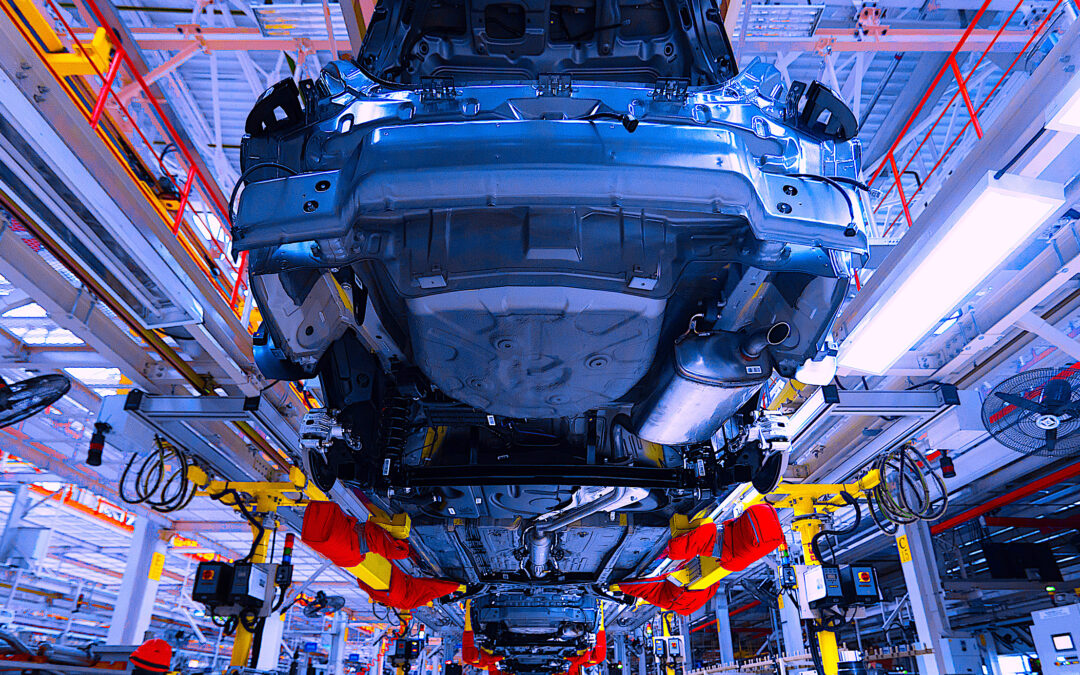This is my second installment in a new series on Lean for RAM Professionals. I’ll begin with some points contained in my my previous column, “Is Lean Manufacturing Dead? Surely Not.” (see link below). This theme will continue throughout the series: “If there were ever a time to get serious about lean manufacturing, it’s now. The vision of doing more with less of everything may very well be the new reality in our upside-down, post-pandemic world.”
Note that this series is based on my four decades of experience with pre-/post-lean client sites, as well as lean-related development coaching for hundreds of clients in a wide variety of manufacturing, assembly, mining, extraction, and utilities operations across dozens of industrial sectors, primarily in the Western Hemisphere.
Click Here To Read The Referenced May 31, 2022, Column
“Is Lean Manufacturing Dead? Surely Not.”
Let’s start with a goal that RAM Pros can grasp: Lean Equipment Management (LEM) for the most critical, most penalizing equipment-driven processes.
WHAT TO AVOID
Initially, unless driven with a passion from the top of the business, I would avoid launching facility-wide “lean enterprise” or “lean certification” efforts. Many of us work in smaller to mid-sized facilities with constrained resources (budgets, time, and people). As RAM Pros, our intent should be to achieve rapid, highly visible, sustainable equipment reliability improvements. Let’s call these “islands of excellence” to serve as tangible evidence of what’s possible through LEM and as targets for continuous improvement.
WIN WITH TEAMS
One of the biggest mistakes is undertaking a “lean maintenance” program. When we dig into what makes equipment unreliable, the causes go well beyond maintenance. Equipment reliability spans the entire equipment life cycle, including Design Engineering, Acquisition-Construction, Operation-Maintenance, and, finally, Decommissioning-Disposal-Restoration phases.
For existing equipment, we must keep in mind that many causes of unreliability may lie outside our sphere of control, and the time and expertise of others will contribute to reliability improvement. It’s not uncommon to see cross-functional LEM teams of engineers (process, mechanical, electrical), maintenance technicians (various disciplines), quality control/assurance technicians, equipment operators, spare-parts-management staff, procurement management, production schedulers, and others as determined by equipment-related issues.
BEGIN WITH A BUSINESS FOCUS
The LEM “goal” above (“the most critical, most penalizing equipment-driven processes”) demands a business-focused approach.
Start by looking at process/production streams and ask, “Where is the most chronic interruption to meeting daily schedules, planned output, or customer orders?” This is more than downtime reports. Look for chronic jams, resets, slow speeds, leaks, or similar possible causes of interruptions. Look for chronic emergency repairs or spare parts that fail prematurely. Then, make a list of the equipment that has a record of interrupting the planned flow of raw materials, work in process, and/or finished goods.
Next, determine (with the help of production scheduling and financial staff) which of the listed causes of chronic interruptions to process/product flow are the most penalizing to the business? These penalties can include losses such as high scrap or wasted materials, late shipments where customers assess late delivery fees, high volumes of work-in-process inventory (safety stock), large volumes of leaking coolants and lubricating or hydraulic fluids, paying operators to wait for hours (sometimes shifts) while equipment is being repaired, and the like. Because we can’t address all penalizing equipment simultaneously, pick a starting point that may have the biggest and most quickly achievable impact.
In the next installment of this series, we’ll focus on selected equipment and begin laying out the interdependent principles of Lean Equipment Management to achieve rapid, highly visible, and sustainable results.TRR
ABOUT THE AUTHOR
Bob Williamson is a long-time contributor to the “people-side” of the world-class-maintenance and manufacturing body of knowledge across dozens of industry types. His vast background in maintenance, machine and tool design, and teaching has positioned his work with over 500 companies and plants, facilities, and equipment-oriented organizations. Contact him directly at 512-800-6031 or bwilliamson@theramreview.com.
Tags: reliability, availability, maintenance, RAM, asset management, skills development, on-the-job training, supply-chain issues, training and qualification, professional development



